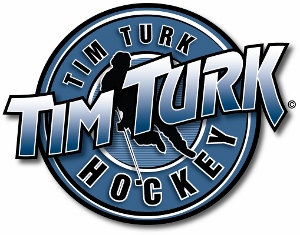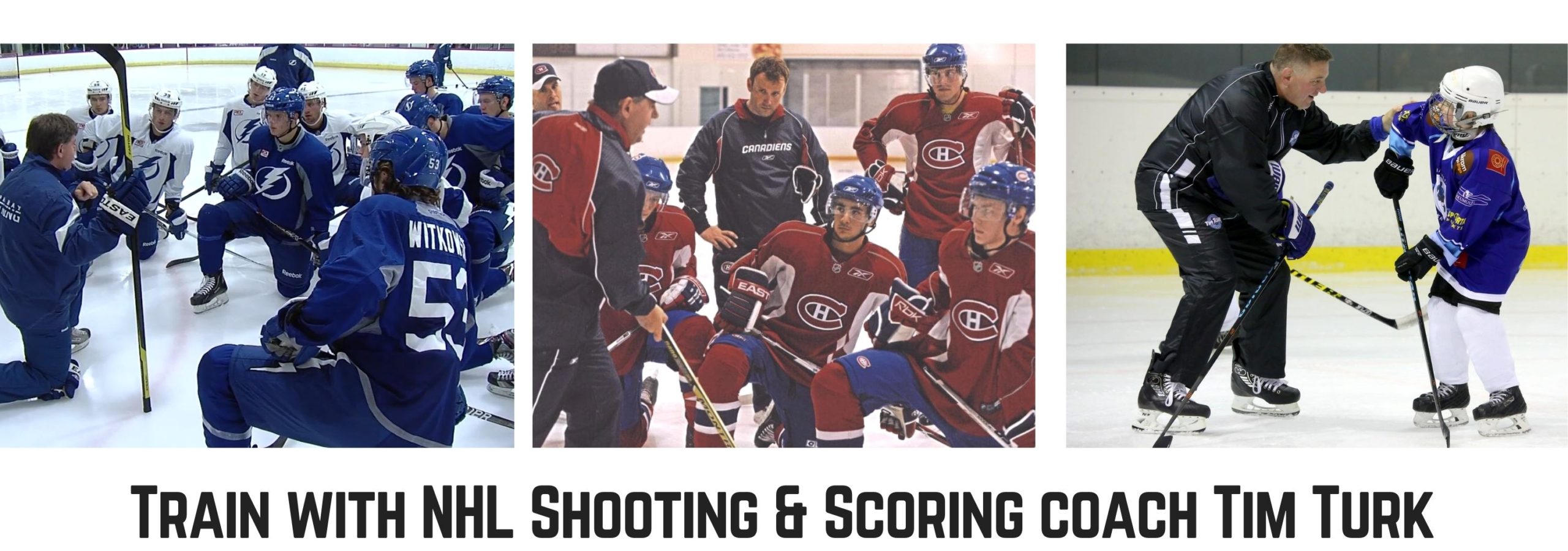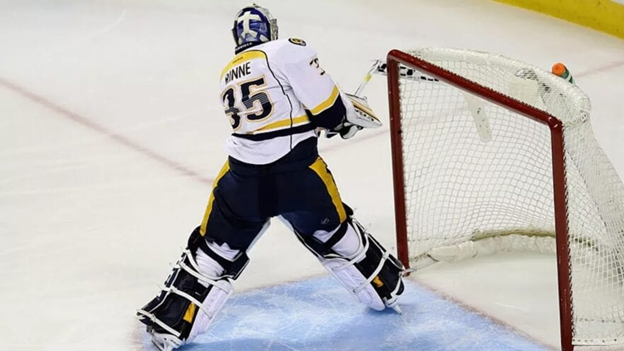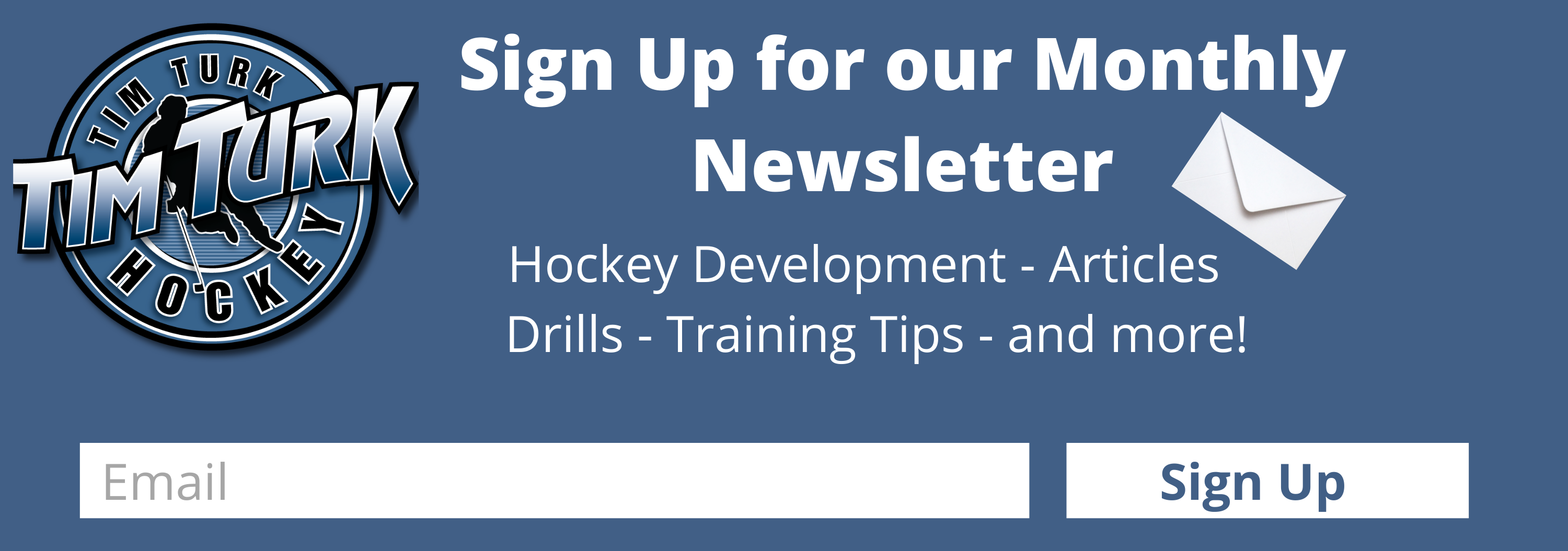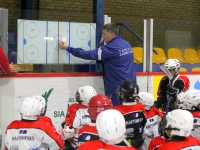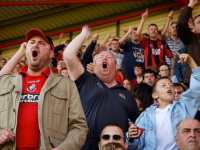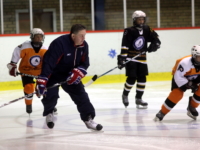Before there are motivational speeches in the dressing room or helpful advice on the bench, the first thing your teammates will notice is your body language. As the old saying goes, 90% of performance on the field or ice is mental, and although body language is a physical trait, it is directly related to your confidence and mental fortitude. Strong leaders exude confidence and you don’t have to be a verbal player to lead by example on the ice. So how does one use body language in a positive way both on and off the ice? Let’s take a look at how players and coaches can use non-verbal cues to send a message to their team!
Body Language for Players
“Keep your head up!” It’s a common phrase of encouragement used in sports and for good reason! Hanging your head is the first indication that you are feeling that something isn’t right. Are you tired? Are you in a goal-scoring slump? Are you a goalie that just can’t catch any puck luck? Hanging your head in frustration is often seen as a sign of giving up and when your teammates see that on the ice, it brings the mentality and energy of the entire bench down.
Take a look at confident athletes throughout history and just watch their body language. Michael Jordan, Kobe Bryant, Muhammad Ali, Tom Brady: it doesn’t matter what the score is in the game, their posture and mentality are always in attack mode. It’s not a coincidence that these are also some of the greatest leaders in the history of sports either. When Tom Brady won the Super Bowl this past season at the age of 43, stories began to come out of the Tampa Bay Buccaneers dressing room about how intimidating Brady was at practice and on the sidelines. His teammates claimed that he willed them to a Super Bowl victory, and that somehow they knew they would win because Brady was on their side. At his age, Brady isn’t the athlete he once was, but you will also never see him with his head down and shoulders slumped, giving up on a game or on his teammates.
Does anyone love scoring goals as much as Alex Ovechkin? The way Ovi carries himself on the ice, you would never be able to tell if he had already scored three goals that game, or if he hadn’t scored in weeks. Ovechkin plays with the same tenacity and passion that makes his teammates want to follow him into battle. He will go down as one, if not, the best goal scorer in NHL history, but Ovechkin attacks every shift with the same confidence, and his ability to lead his teammates is just as much a reason to acknowledge his greatness.
If you ask ex-NHL players, one of the things they noticed first when watching their opponents was their body language after each play. When you see your opponents stop skating after losing a puck battle or the opposing goaltender sagging his shoulders or slamming his stick after letting in a goal, it’s time to really pour it on. Former NHL player Chris Therien calls this bad body language damaging to your own team, and it gives your opponent a mental edge and puts a target on your back. If you put up a weak battle once, you’re going to get hit even harder the next time. If you are a goalie that slammed your stick, expect to be peppered with shots every chance they get. Nobody wins every battle and everybody makes mistakes on the ice. It is up to you to battle back just as hard the next shift, because you can be sure that both your teammates and your opponents are watching.
Body Language for Coaches
This one is trickier, since every coach has their own style. If you are a coach you should know that every single one of your players is watching how you carry yourself on the bench and in the dressing room. If players make a mistake on the ice, do you throw your hands up or shake your head? Or do you walk over to them, put your hand on their shoulder, and encourage them for their next shift. Coaching is more than just creating the lines and drawing up a power play strategy.
Coaches in all sports use their platforms to encourage their players and bring up the energy levels when their team needs it. Look at basketball coaches running up and down the sidelines, or baseball managers coming out to argue with umpires on their players’ behalf. Much of this may just be a symbolic gesture, but you can be sure that every player sees this and knows that the coach has their back. In the long run, that is a more important gesture than arguing a call.
Likewise for your players, if one is exhibiting bad body language on the bench or on the ice, take a minute to have a word with them. Remember, 90% of a player’s performance is mental, so if they are dwelling on a mistake they made or a bad play from earlier in the game, remind them that you are in their corner and that they can make it up to their teammates on the next shift. Athletes are a funny breed: they may have world class physical abilities, but one small mental block can completely alter their game. As the coach, you have the direct line of communication that can break down those barriers and help your player and team regain their confidence.
